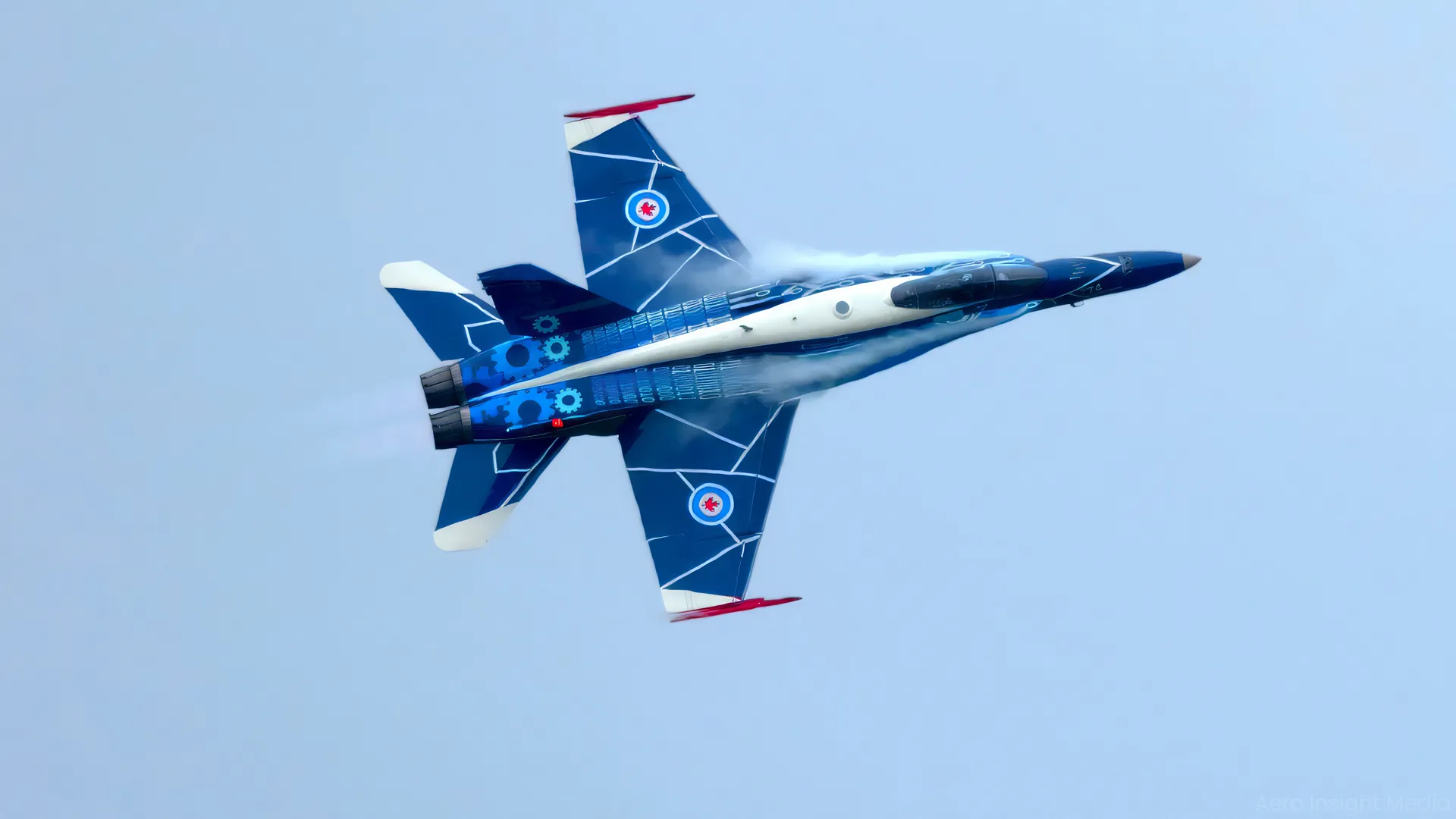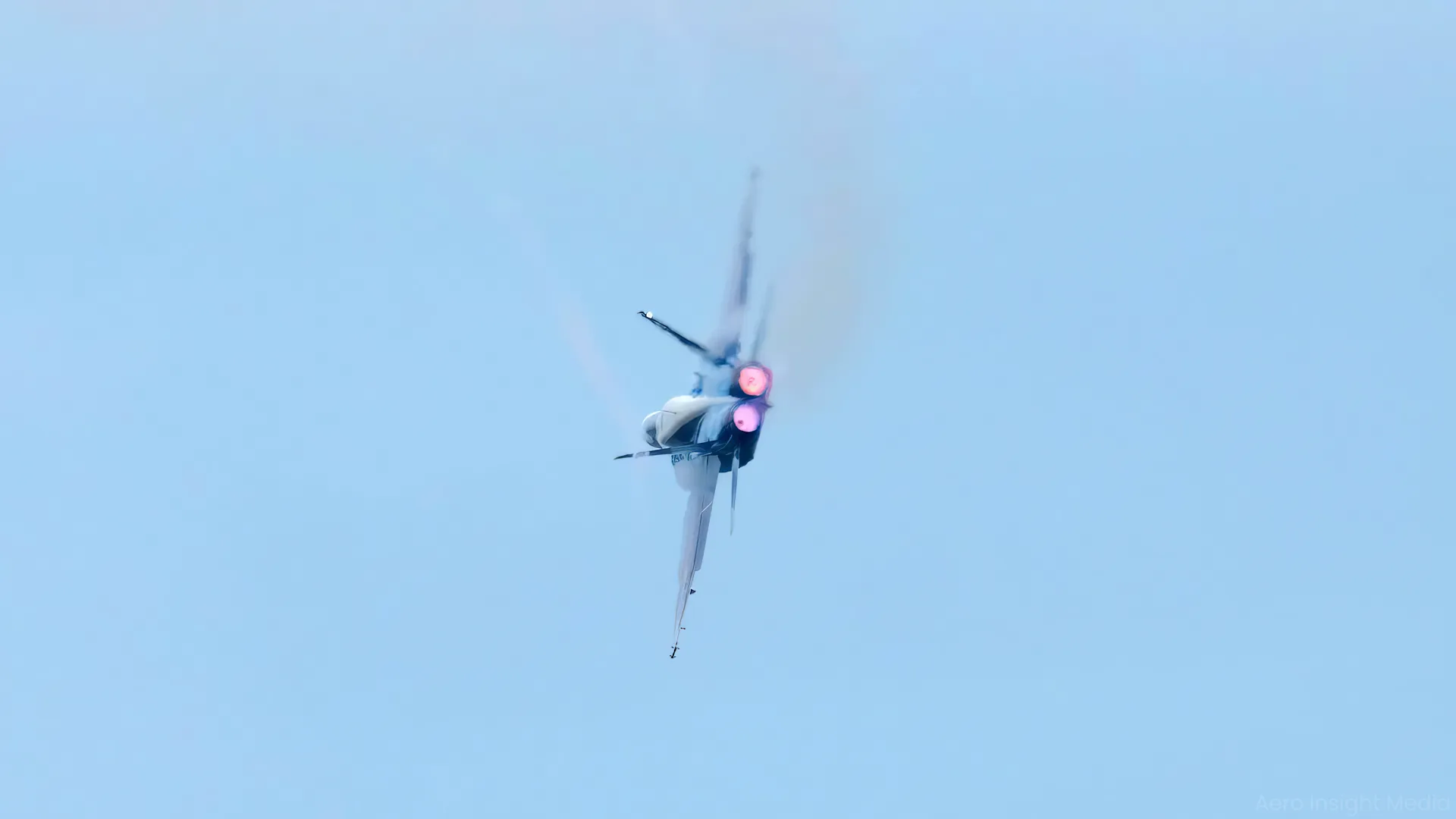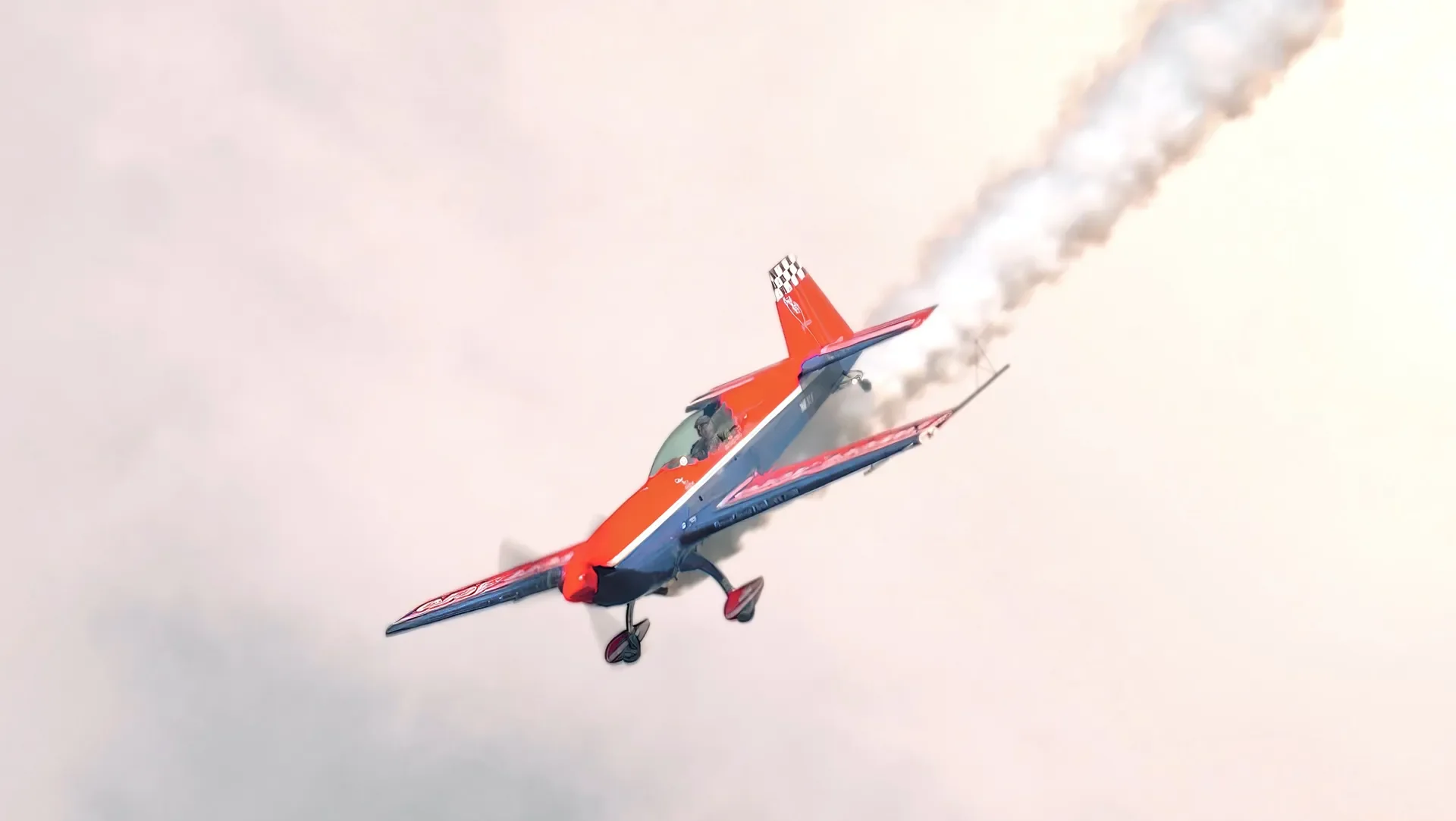Last CF-18 Demo – Wings By The Wabash – September 29, 2024
Introduction
As one of the most recognizable symbols of the Royal Canadian Air Force (RCAF), the CF-18 Hornet has captivated aviation enthusiasts and the general public alike for decades. With the anticipated retirement of the CF-18 Demonstration Team, it's a fitting time to reflect on the storied history of this remarkable aircraft and the team that showcased its prowess around the world.
CF-18 VR Walkaround – Wings By The Wabash – September 29, 2024
The Genesis of the CF-18
In the late 1970s, the Canadian government faced the pressing need to modernize its aging fleet of fighter aircraft. The CF-104 Starfighter, CF-101 Voodoo, and CF-116 Freedom Fighter were nearing the end of their operational lives. In response, the government launched the New Fighter Aircraft (NFA) competition in 1977, aiming to procure 130–150 advanced fighter jets with a budget of approximately C$2.4 billion.
The competition was fierce, featuring contenders like the Grumman F-14 Tomcat, McDonnell Douglas F-15 Eagle, Panavia Tornado, Dassault Mirage F1 (later Mirage 2000), General Dynamics F-16 Fighting Falcon, and two variants of the F-18—the F/A-18 Hornet and the Northrop F-18L.
By 1978, the field had narrowed to the F-16 and the F-18 variants. High costs eliminated the F-14, F-15, and Tornado, while Dassault withdrew its Mirage 2000 from consideration. Ultimately, the McDonnell Douglas F/A-18 Hornet emerged victorious in 1980. Key factors in its selection included its twin-engine design for enhanced safety over Canada's vast territories, advanced radar systems, and affordability compared to its competitors.
CF-18 jet on display at the 2024 Wings By The Wabash Airshow, stationed on an airfield under a cloudy sky. Note the white circular Night Identification Light forward of the canopy.
The CF-18 Hornet: A Canadian Adaptation
Canada ordered 98 single-seat and 40 dual-seat CF-18s, officially designated as CF-188 in Canadian service but commonly referred to as the CF-18. While largely identical to the U.S. Navy's F/A-18A and B models, the CF-18 incorporated specific features tailored for RCAF operations:
- Night Identification Light: A 0.6-megacandela spotlight mounted on the port side to aid in nighttime intercepts.
- False Canopy: A distinctive painted silhouette on the underside intended to confuse adversaries during dogfights.
- Retained Naval Features: Although Canada doesn't operate aircraft carriers, the CF-18s kept the robust landing gear, arrestor hooks, and folding wings from their naval origins, enhancing their versatility.
CF-18 jet showcased on tarmac at the 2024 Wings By The Wabash Airshow under cloudy skies.
Operational Excellence
Since entering service in the early 1980s, the CF-18 has been the backbone of Canada's air defense and has participated in numerous international operations:
- Gulf War (1990-1991): Canadian CF-18s flew combat missions, marking the first time since the Korean War that Canadian pilots participated in combat operations.
- Kosovo War (1999): CF-18s were deployed as part of NATO's Operation Allied Force.
- Libya Intervention (2011): The aircraft took part in enforcing the no-fly zone during the Libyan Civil War.
- Operation Impact (2014-2016): CF-18s conducted airstrikes against ISIS targets in Iraq.
CF-18 jet taking off at the 2024 Wings By The Wabash Airshow, against a backdrop of trees and clear sky.
The CF-18 Demonstration Team: Ambassadors of the Skies
Established in 1983, the CF-18 Demonstration Team was created to showcase the capabilities of the CF-18 Hornet and to represent the RCAF at airshows and public events both nationally and internationally. The team's performances combined precision flying with the raw power of the CF-18, leaving spectators in awe.
Each year, the demonstration aircraft was adorned with a unique paint scheme highlighting significant Canadian milestones, military anniversaries, or themes of national pride. The team's pilots and crew were selected from the best within the RCAF, embodying professionalism and excellence.
The Road to Replacement
The CF-18 fleet has undergone several upgrades to extend its operational life, including the Incremental Modernization Project (IMP) and the Hornet Extension Project (HEP). These programs enhanced avionics, weapons systems, and interoperability with NATO allies.
However, the inevitable need for replacement became apparent as other nations modernized their fleets. After extensive evaluations and amidst much public and political debate, Canada announced plans to acquire 88 Lockheed Martin F-35A Lightning II aircraft to replace the aging CF-18s. The first deliveries are expected to begin in 2026.
CF-18 performs at 2024 Wings By The Wabash Airshow, showcasing colorful blue and white livery against a clear sky.
The Likely Retirement of the CF-18 Demonstration Team
While the CF-18 demo team was originally scheduled to conclude its season in Leamington, Ontario, the team’s final performance unexpectedly took place on September 29 2024 at Wings By The Wabash in Robinson, Illinois. This marked the first time that show hosted an afterburning aircraft.
On November 22nd 2024 the news was unexpectedly announced that the CF-18 demo team won't be returning for the 2025 season.
As it embarks on a modernization program not seen since the second World War, RCAF is managing the transition to new aircraft across many of its fleets by curtailing participation in some training events.
“The RCAF’s fighter force is no exception as it transitions to the fifth generation CF-35A,”
It's possible the the CF-18 demo team may come back but my assumption is that the 2024 Wings By The Wabash show was probably the last performance for the dedicated CF-18 demo.
A Tribute to a Legacy
The CF-18 Hornet has served Canada with distinction for over four decades. Its versatility, reliability, and the skill of those who maintained and flew it have ensured Canada's place in both national defense and international operations.
The CF-18 Demonstration Team played a significant role in connecting the RCAF with the public, inspiring future generations of aviators, and showcasing Canadian aerospace excellence on the world stage.
An inverted CF-18 performs at the 2024 Wings By The Wabash Airshow, showcasing agility and precision.
Final Thoughts
As we witness the sunset of an era, it's essential to honor the legacy of the CF-18 and the dedicated team behind its spectacular demonstrations. Their contributions have left an indelible mark on Canada's aviation history.
For those who have had the privilege of watching the CF-18 soar, the memories will last a lifetime. And for those who will see the F-35 take its place, a new chapter of innovation and aerial prowess awaits.
Eric Stemen


















